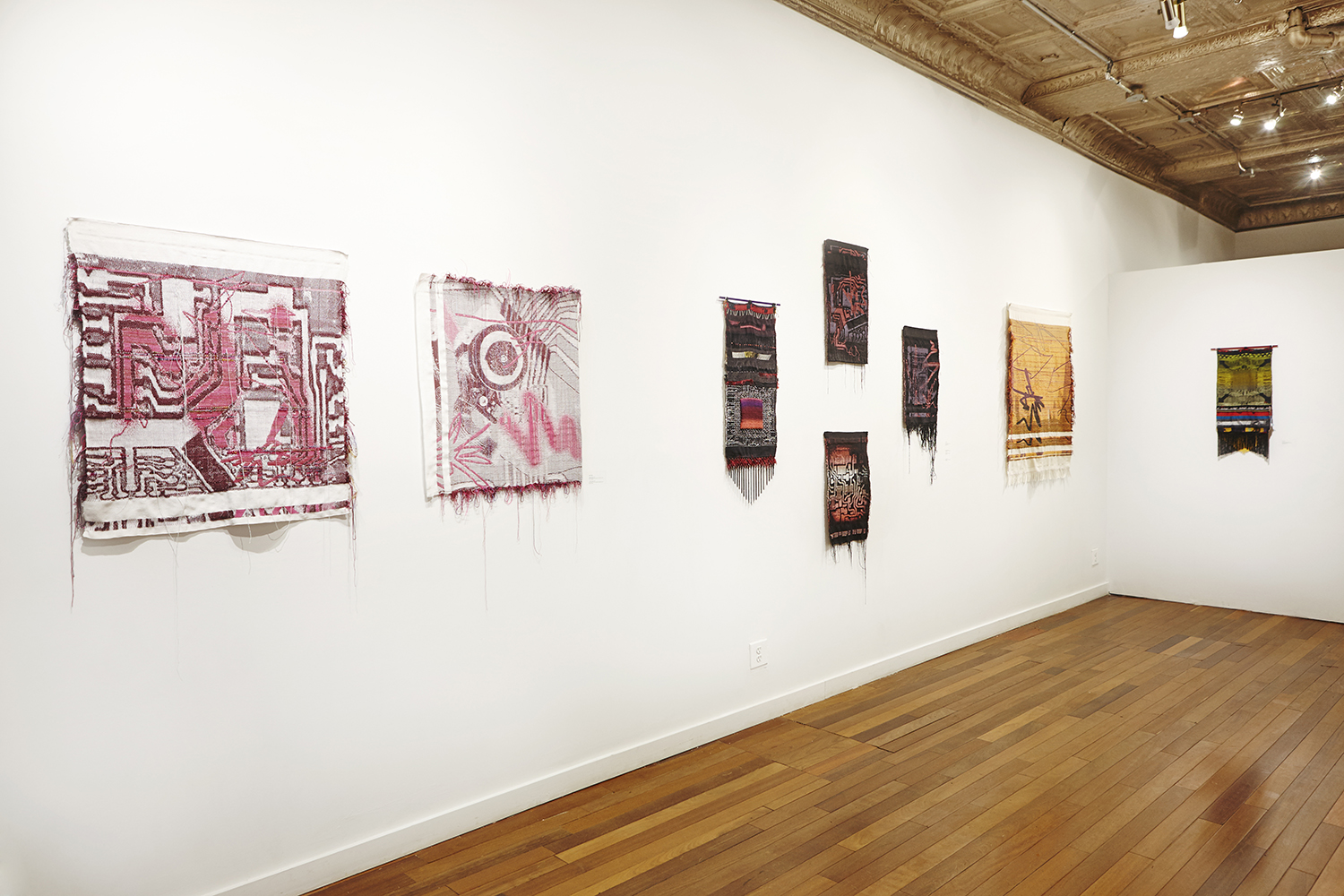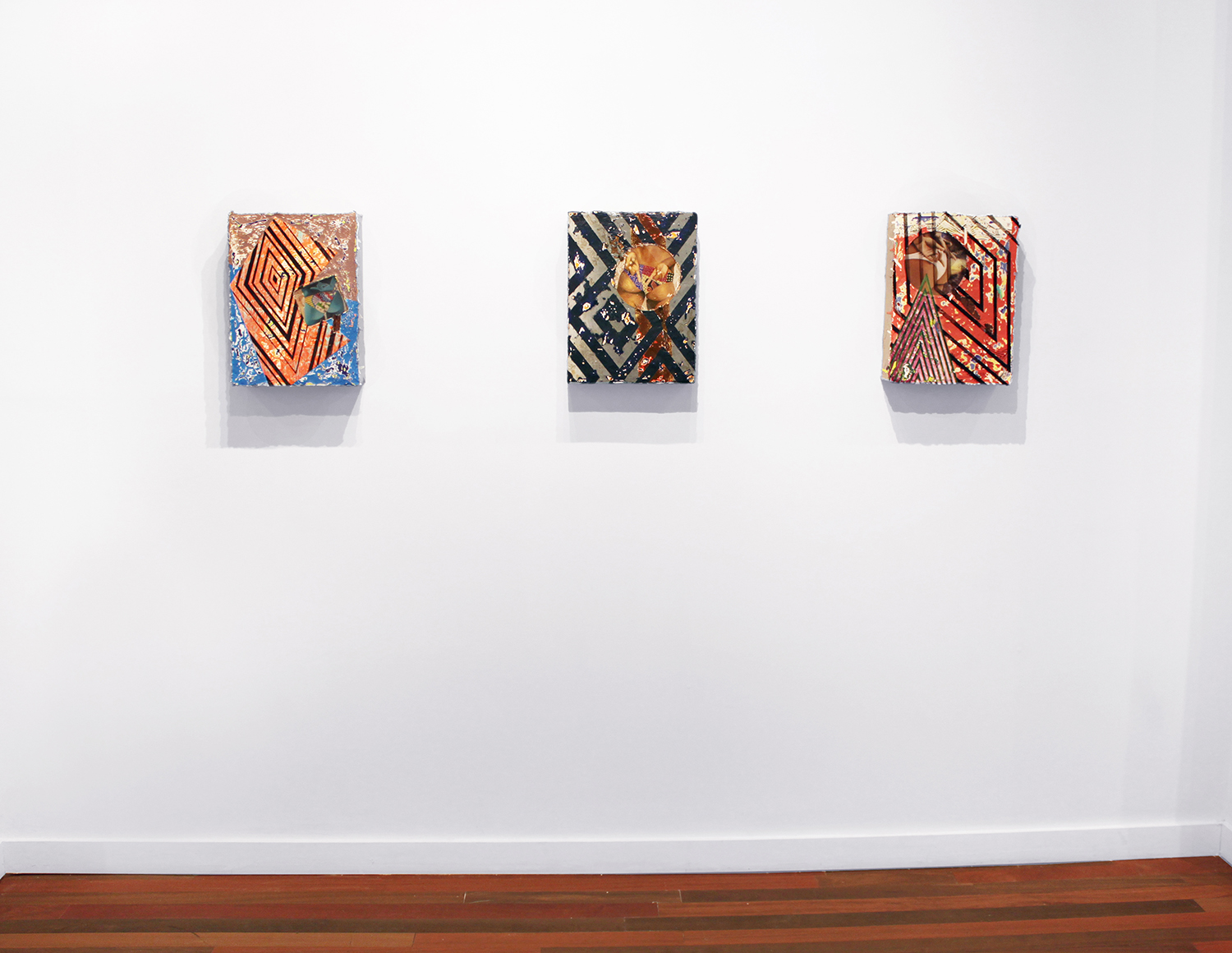Danger is in the Neatness of Identification
Robin Kang, Durhirwe Rushemeza

Robin Kang

Robin Kang

Robin Kang | Duhirwe Rushemeza

Duhirwe Rushemeza

Duhirwe Rushemeza
New York, November 14, 2014 – Catinca Tabacaru Gallery is pleased to present Danger Is In The Neatness Of Identification, a two-artist show of American Robin Kang and Rwandan Duhirwe Rushemeza. Weaving composites of varying time, space and culture, each artist engages in ritualized mark-making that oscillates between the time-honored and the contemporaneous. Kang’s and Rushemeza’s coded forms of memory, communication and self-representation grapple with a modern framework, bridging hybridity and cultural remnants within our digital society. But what of nuanced identity? With geographical collisions and visual conflations of technology, these works shall not be subject to neat classification.
Mimicking industrial production through repetition and pattern creation, Robin Kang immerses herself in the process and ideology of specialized labor. The history of connections between the industries of textiles and electronics provides inspiration alongside the cultural identification of the ephemeral patterns of a digital age. Utilizing a digitally operated Jacquard hand loom, the contemporary version of the first binary operated machine and argued precursor to the first computer, Kang hand weaves tapestries with combined computer related imagery and digital mark making. Photoshop spray brush gestures layered with symbols from Pre-Columbian weaving traditions and motherboard hardware blend together amid interlocking threads. The juxtaposition of textiles with technology opens the conversation of reconciling the old with the new, the traditions with new possibilities, as well as the relationship between textiles, symbols, and language. Questioning the presence of the human hand amid a fast-changing digital and commercial culture, Kang takes imagery from the now and places it in conversation with an ancient craft.
Duhirwe Rushemeza transforms pattern into durational experience as the marks and detritus embedded in the work reflect her own personal and material memory. As a Rwandan living in Harlem, Rushemeza configures paths towards her in-between state of being. Sources as diverse as traditional imigongo cow dung paintings, Modernism, and childhood memories of deteriorated colonial buildings throughout Africa are mined for patternous inspiration. Unveiling the new series, Signals, Rushemeza explores the depths of unspoken communication and subconscious representations of outward identity–the things we often guard behind our back to keep from others. Sculptural paintings are formed from the industrial materials of thin-set mortar and concrete. Each textured surface reveals components of oxidized metal detritus discovered on the artist’s walks throughout New York City to incorporate notions of memory, displacement, cultural adaptation, and what it means to be an immigrant today.